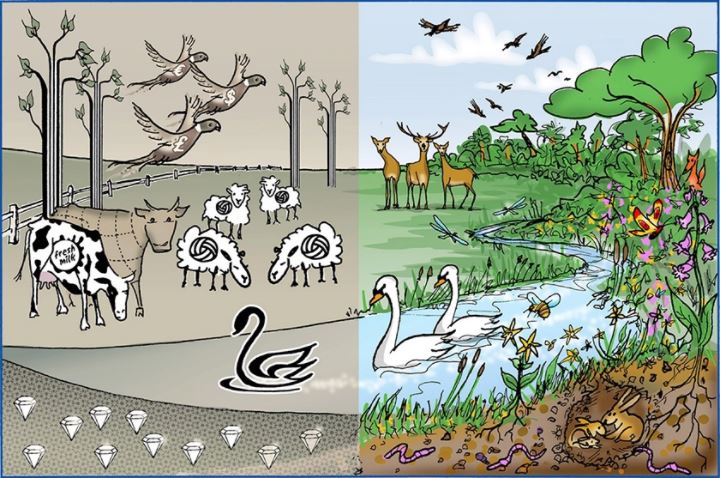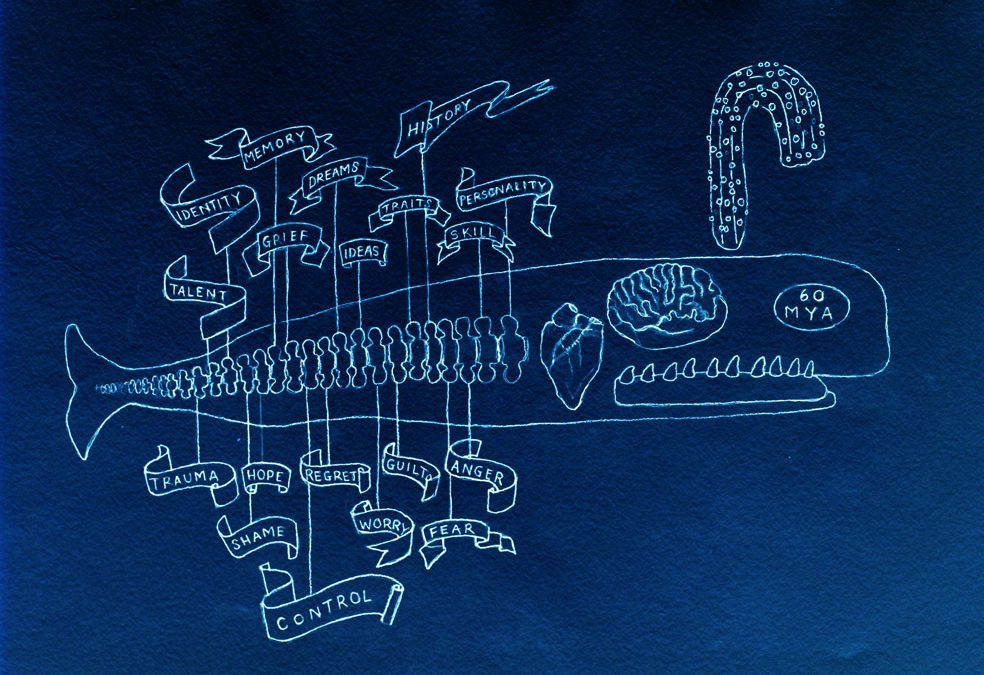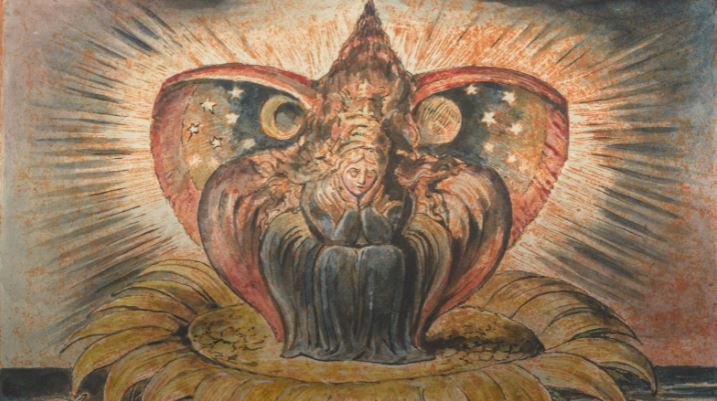
Science proceeds as much by its instruments-its technologies-as it does by human thought. In early January 1610, when Galileo directed his telescope at the heavens he found to his astonishment that Jupiter had four companion “stars” (whichafter several nights he realized were moons circling Jupiter), and the Moon itself had mountains and valleys. This went against the long-accepted truths that all heavenly bodies circled the earth (or the sun), and that all were perfect. Instruments in science probe, they reveal, they occasionally surprise, and they illuminate. They become means of understanding.

Several years ago, while a family member was struggling with mental illness, I was introduced to the intriguing idea of ‘right brain to right brain’ therapy. Deciding I should learn more, I searched Amazon for books about ‘right brain therapy’ and was duly recommended The Master and His Emissary…

How can we resist the sixth mass extinction in our imaginations? What kind of cultural shift does it take? In this latest post for The Vanishing series, Rupert Read considers the future of human societies, following in the wake of whales. With artworks by Angela Cockayne.

William Earle: ‘Notes on the Death of Culture’, in MR Stein, AJ Vidich & DM White (eds), Identity and Anxiety, Free Press of Glencoe, 1960, 367-383 In General The culture of the western world has for some time been under diagnosis as though it were a patient sick with an unknown disease. The doctors are […]

In The Master and His Emissary, Iain McGilchrist stresses the central dynamic that lies behind the images and poetry of William Blake. It can be seen even in the titles of Blake’s works, such as The Marriage of Heaven and Hell and Songs of Innocence and Experience. The titles “allude to the reality that, in the lived world of the right hemisphere, opposites are not ‘in opposition’.” Instead, these “contraries”, to use Blake’s word, create the tension needed to open onto deeper levels of consciousness.





